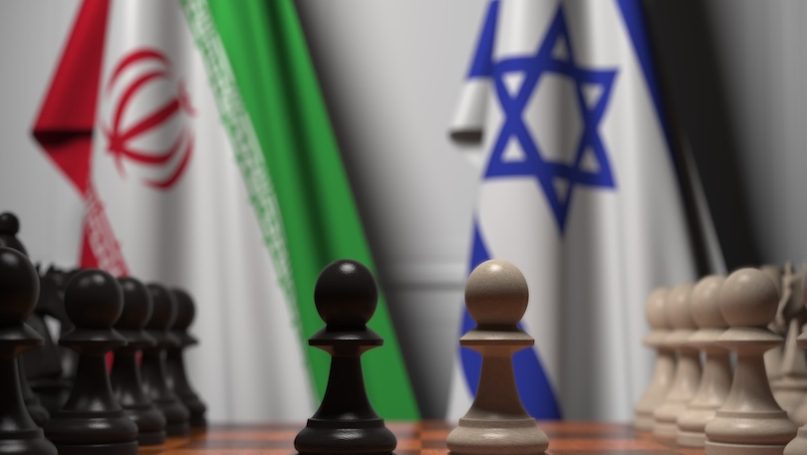
Novikov Aleksey/Shutterstock
It has been one year since the Hamas attack on Israel on October 7, 2023 where the IDF was caught off guard. Despite that, in hindsight, the Military Intelligence Directorate had issued warnings—two letters cautioned the government followed by the Shin Bet who relayed the same intel hinting at a possible incoming war plotted by Iran’s proxies. They reckoned Benjamin Netanyahu’s controversial judicial reforms as a weak spot producing the best bet for much pandemonium within the Knesset and Israeli society so, an attack was to be timely. Since then, Israel’s war is not just limited to Hamas and Hezbollah; but, to a wide array of militia groups across the Gulf in the form of the Axis of Resistance. The Islamic Resistance in Iraq which consists of Popular Mobilisation Units (PMUs) also called al-Hashd al-Sha’bi has put out statements condemning the Zionist arrogance in Gaza and Lebanon. These groups are mostly composed of Shias and include the Badr Organisation, Asaib Ahl al-Haq, Kataib Hezbollah and Saraya Talia al-Khorasan. As the intensity of engagement is concerned, Israel is in a two-front war with Hamas in Gaza and Hezbollah in Lebanon. However, it is simultaneously embroiled on seven fronts across the Middle East with most of the fighting concentrated in Lebanon. Since September 30, the IDF has struck approximately 1100 targets in southern Lebanon ensuring the destruction of Hezbollah’s intelligence headquarters and weapons production sites.
Gradually, the belt of fire created by Iran with its militias has been doused due to a combination of cyber attacks and air campaigns by Israel. Besides, a direct confrontation between Israel and Iran is gaining momentum. The anticipation that Hezbollah would resist the Israeli advance into Lebanon has not materialised as envisaged by many due to the killing of its leader Hassan Nasrallah, and top-tier military commanders including the Islamic Revolutionary Guard Corps (IRGC). The IDF has opened a new front in Lebanon on the western side along the Mediterranean coast whilst concomitant airstrikes are constant on the Bekaa valley and southern Beirut. A number of Syrian refugees and Palestinians live in this camp.
Hezbollah’s retaliation strategy is quite distanced at the moment, deliberately avoiding close contact with the Israeli soldiers and staging attacks from afar. For instance, the 36th Division commander of the IDF observed that most Hezbollah fighters are either retreating deeper into Lebanon or they are fleeing the battleground fearing capture or being killed. However, some fighters are resorting to the use of mines and improvised explosive devices (IEDs) to counterattack while others are found taking shelter in residential buildings. Moreover, the IDF has acknowledged that unlike Hamas, Hezbollah is organised as they operate above ground with the help of long-range weapons systems and asymmetric attacks.
The 188th Armored Brigade of the IDF obliterated Hezbollah’s much acclaimed special forces— the “Radwan Force” in border villages and decimated their headquarters in Yaroun and Maroun al Ras. The 35th and 85th brigades clashed with Hezbollah militias, and discovered a seven-meter underground tunnel that housed munitions. The 36th Division has combated militants in southern Lebanon and managed to fend off at least five hundred plus militants. In retaliation to the IDF’s ground operations, Hezbollah has ramped up missile attacks targeting new sites in northern Israel. Also, sources affiliated with Hezbollah claim the IDF has withdrawn from Odaisseh and Kfar Kila. On October 8, it fired 40 rockets at the port city of Haifa causing panic and fear among Israelis. Although most were intercepted, some injuries were reported from shrapnel. Another fusillade of 110 medium-range missiles were launched at Haifa and twenty more at Kiryat Shmona where two civilians were killed. This is part of Hezbollah’s plan to demonstrate that its capabilities have not been debilitated – hence the display of aerial aggression and zeroing in on new targets deep inside Israel. IDF’s 91st Division have since reported that they have captured an undisclosed location in southern Lebanon which was used to fire rockets further preventing missile launches into northern Israel. Yet, this does not mean that Tel Aviv has secured the stated aim of the return of its population into northern Israel.
Even though Israel’s military operations outside its territory are paying dividends, the internal security situation has been worsening with a torrent of aggression by the Al Aqsa Martyrs Brigades and the Palestinian Islamic Jihad (PIJ). On October 8, one fighter from the Al Aqsa Martyrs Brigades stabbed a number of Israeli citizens causing severe injuries – he was later killed by security forces. Ostensibly, he hailed from Umm al Fahm— a city in northern Israel. Another occurrence involved four fighters from the Al Aqsa group who were caught and the Yamam counter-terrorism unit cordoned off the vehicle and shot them in a pre-emptive move to subdue the threat. Lastly, the PIJ and the Al Aqsa Martyrs Brigades attacked Israeli forces in three separate locations with small arms and IEDs. These attacks are part of the larger goal of the Axis of Resistance which is to keep the West Bank on the boil so that a new front keeps Israel’s security forces preoccupied. Also noteworthy is the resumption of Hezbollah’s ability to fire rockets deep into Israeli territory which signals that it has regained tactical control over its missile arsenals alongside the recoupment of its command centers. Irrespective of Hezbollah regaining control over its dilapidated command structure, their forces have been downgraded in addition to the depletion of their weapons arsenals. Although reports on this are unclear.
Hezbollah’s Deputy Secretary-General, Sheikh Naim Qassem, has officially called for a ceasefire although he remains largely defiant, threatening if Israel’s attacks do not cease, the militia group would not stop. Even though Hezbollah might appear recalcitrant, the words of Ibrahim Moussawi, a member of Hezbollah’s parliamentary bloc, does not instill confidence on the current trajectory of the war against Israel. With Hezbollah leadership in a muddle, its fighters avoiding direct confrontation with the IDF, with constrained fighting capabilities, Israel would likely up the ante against Iran.
The US, Iran, and the Arab states are under covert talks to end all wars in West Asia and it is alleged that Israel has been kept in the loop about this initiative. In an emphatic move, Iran’s President Masoud Pezeshkian held talks with the government in Qatar where he met Saudi Arabia’s foreign minister and later, Tehran’s foreign minister traveled to Riyadh to discuss mounting casualties in Gaza and Lebanon and looking for avenues to avert further escalation. Iran has threatened to break the Saudi-Iran truce if the Gulf states assist Israel to use their airspace – including attacks on all US military bases in the region irrespective of their location. Thus, Iran has sought the Gulf states neutrality, that is, no granting of airspace to carry out operations nor the utilisation of military bases. Apparently, this reassurance has been granted.
What could Israel’s anticipated plan of action for Iran be? The distance between Israel and Iran is rather long thus, an Israeli ground invasion is almost certainly ruled out. First and foremost, Israel would necessarily require air-to-air refueling and they might go for the suppression of enemy air defences or (SEAD) with F-35 stealth fighter jets in order to jam the integrated air defence system (IADS) of Tehran so that aerial manoeuvres can be carried out swiftly for precision strikes, furtive raids, and mobility in the aerial battlespace.
Second, they could strike Esfahan as it hosts a military airbase, F-14 Tomcat fighter aircrafts, weapons factory, air defence systems, bunkers and a nearby nuclear enrichment facility in Natanz. On April 19, Israel invaded Iran’s airspace as they used quadcopter drones and missiles to confuse Iranian air defences and successfully expunged its S-300 anti-aircraft battery. This time around, they may be willing to further damage its air defence systems and munitions storehouses.
Third, fears of Israel striking Iran’s nuclear sites are rife though it seems implausible for such a dangerous move as it could perhaps draw in other powers provoking a broader conflict therefore, the US has denied to endorse it. The reluctance by Washington to hit Iranian nuclear facilities comes from surveillance by the Office of the Director of National Intelligence (ODNI) which has concluded that Iran’s Supreme Leader has not reversed its 2003 decision to create a bomb. However, the hardliner lobby in Iran wants to expedite this process. Reportedly, destroying Iran’s nuclear sites will not be an easy reprisal. For instance, the nuclear facility in Natanz is buried deep underground while Fordow is tucked underneath rocks deemed beyond the reach of Israel’s bunker-buster bombs. According to military experts, (although this appears out of the question) a Massive Ordnance Penetrator (MOP) or (GBU-57A/B), a colossal 30,000 pound bomb encased in steel jointly marshaled with the US, could conceivably destroy this nuclear site.
The complete disintegration of Iran’s nuclear facilities are unlikely, but an acute downgrading of Iran’s nuclear capacity can be achieved. As Israel has stated that a larger scale attack on Iran would be a fatal surprise, we will have to wait until it transpires to offer further analysis.
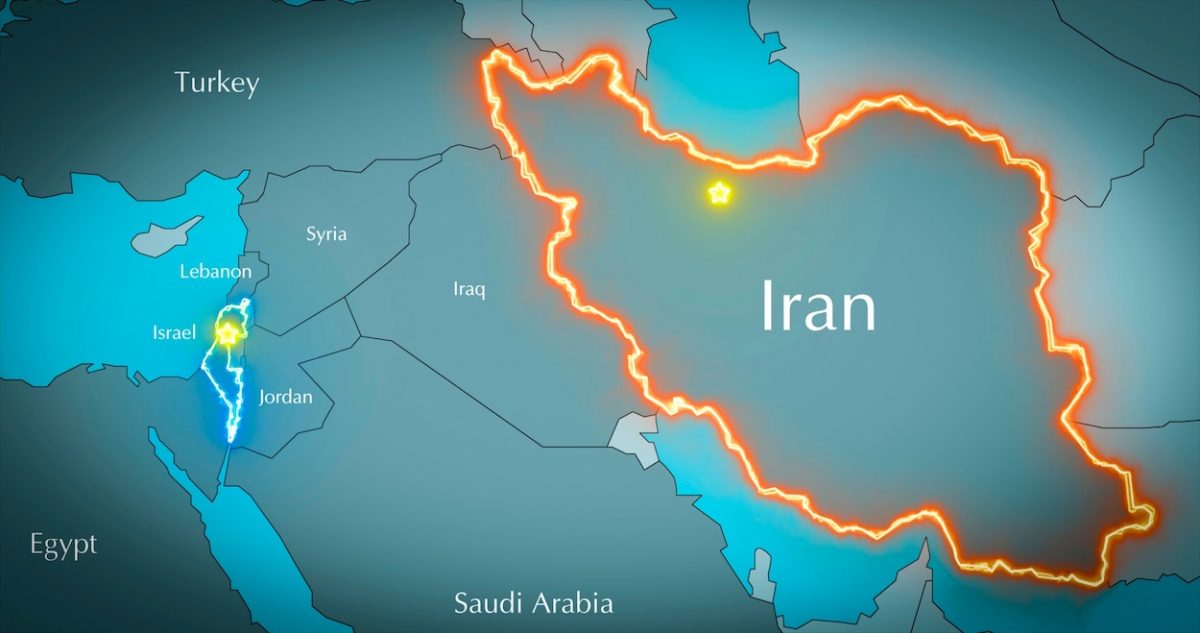 Sergey Fedoskin/Shutterstock
Sergey Fedoskin/Shutterstock
Further Reading on E-International Relations
About The Author(s)
Bishwajit Acharya is a PhD candidate and ICSSR Doctoral Fellow at the Centre for Russian and Central Asian Studies, School of International Studies, Jawaharlal Nehru University. His doctoral thesis focuses on the intrinsic relationship between identity and security within the framework of securitisation theory with respect to Russia.
Before you download your free e-book, please consider donating to support open access publishing.
E-IR is an independent non-profit publisher run by an all volunteer team. Your donations allow us to invest in new open access titles and pay our bandwidth bills to ensure we keep our existing titles free to view. Any amount, in any currency, is appreciated. Many thanks!
Donations are voluntary and not required to download the e-book - your link to download is below.

 Movie
Movie 3 months ago
72
3 months ago
72 
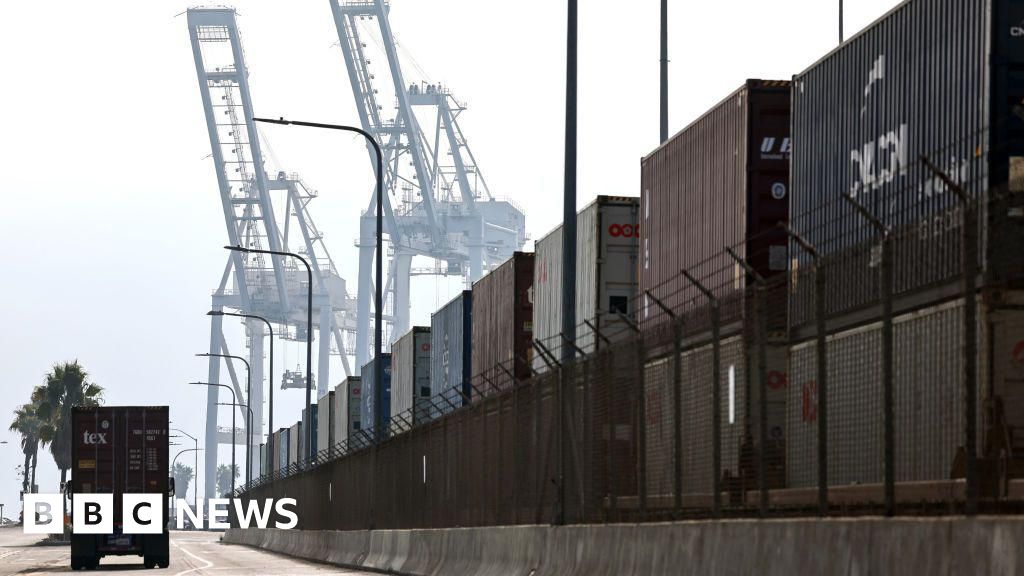
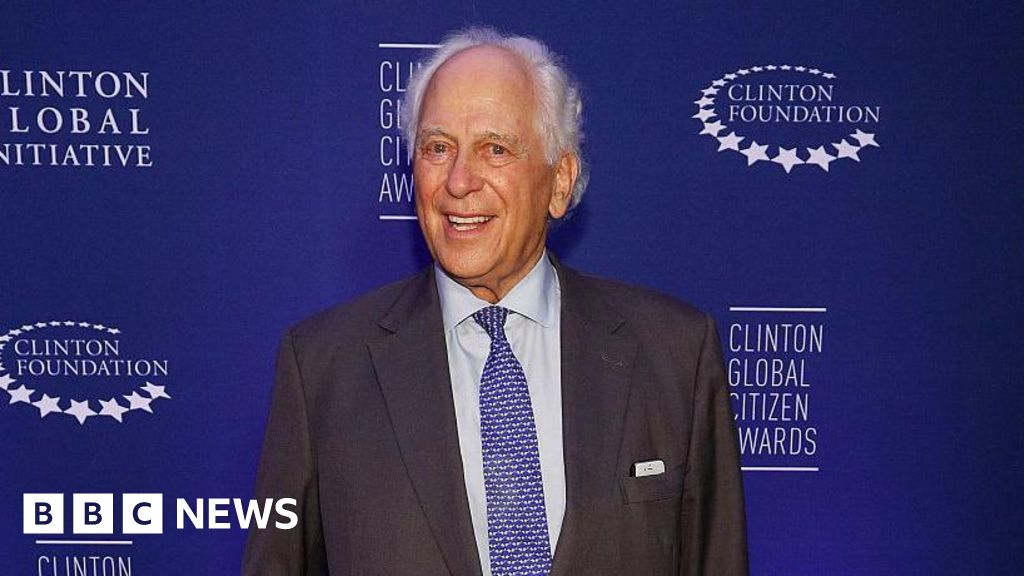
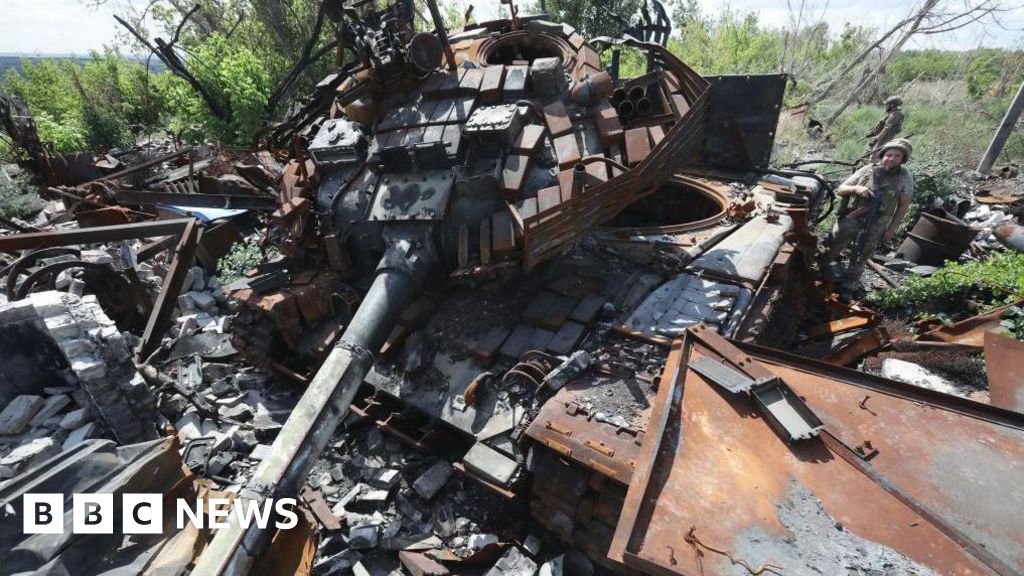


![Presidents Day Weekend Car Sales [2021 Edition] Presidents Day Weekend Car Sales [2021 Edition]](https://www.findthebestcarprice.com/wp-content/uploads/Presidents-Day-Weekend-car-sales.jpg)



 English (United States)
English (United States)